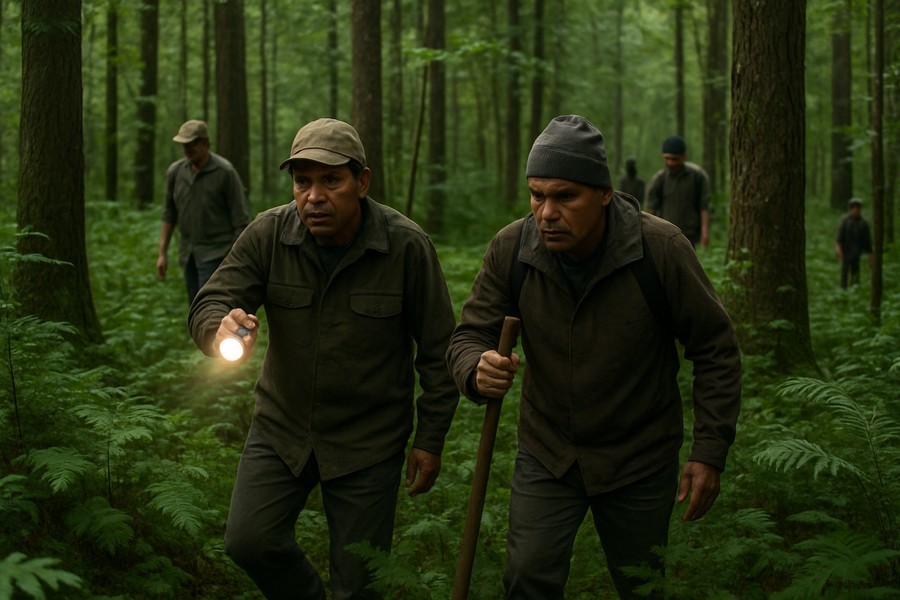
The Mysterious Disappearance of a Land Protector and Its Broader Implications
In a chilling event last year, a 72-year-old woman named Julia Chuñil, known for her work as a defender of land and the environment, went missing under mysterious circumstances. She took her dog Cholito out for a routine search for lost livestock in the woods near her home and never returned.
Despite an extensive search involving over 100 people that lasted for several weeks in the treacherous and dense terrain of an ancient forest, no trace of Chuñil or her dog was ever found. The searchers even started looking out for vultures, hoping they might provide some clues, but to no avail.
The Global Toll of Land Conflict on Indigenous Communities
Chuñil's disappearance wasn't an isolated incident. A report reveals that she was one of 146 land and environmental defenders who were either killed or disappeared across the globe last year. A startling third of these victims belonged to indigenous communities, a disproportionate impact considering they make up just 6% of the world's population.
Chuñil, a leader of the indigenous Mapuche community in Chile, was living on a disputed land known as Reserva Cora, covering 900 hectares (2,200 acres) of the ancient forest. This piece of land, claimed by her community as ancestral territory, was also desired by a descendant of settlers for logging purposes. Chuñil worked tirelessly for years to secure land rights over this site for her community, but the man refused to give up control. Before her mysterious disappearance, Chuñil had shared her concerns about her safety, hinting at the potential involvement of the man in any harm that might come her way.
An Alarming Global Trend
Since 2012, records have been kept of the killings and disappearances of land and environmental defenders. The total number of such cases compiled so far is a staggering 2,253. For the past decade, Latin America has emerged as the most dangerous region for these defenders, accounting for 82% of the cases in the year of Chuñil's disappearance, including 45 indigenous people.
The violence against these defenders is often directly linked to land conflicts, with indigenous communities bearing the brunt of the attacks. Despite their vital role in protecting their lands from exploitation and encroachment, these communities are often denied justice and face grave dangers.
While Chuñil's case was the only one recorded in Chile that year, it was part of a larger pattern of targeting Mapuche activists. Other countries with a high number of cases included Colombia with 48 cases, Guatemala with 20, and Mexico with 19, ranking them as the deadliest countries for environmental defenders.
The Challenge of Under-reporting and Evolving Violence
Under-reporting is a significant problem, especially in Asia and Africa, which reported 16 and nine cases respectively. It was noted that last year saw the fewest recorded cases of killings and disappearances of environmental defenders in a decade. However, this doesn't necessarily indicate a decrease in violence or improved conditions for defenders. The nature of violence is often evolving, becoming more sophisticated, and changing its face.
Chuñil's family continues their fight for justice, but their advocacy has made them the targets of threats and intimidation. In a heart-wrenching incident, two animals from Chuñil’s home were found killed, a clear attempt to deter them from pursuing the case.
A Plea for Justice and Protection
Advocacy groups are urging governments to take action to end the impunity of those responsible for the killings of environmental defenders. This would involve addressing the lack of rights defenders have over land and territory, strengthening national legal systems, and ensuring adequate state protection is provided for those at risk. Chuñil's son, Pablo San Martín, is asking for a thorough and fair investigation into his mother's case. "We want those behind this to be identified and charged,” he says, expressing his family's desperate desire for answers and justice.
